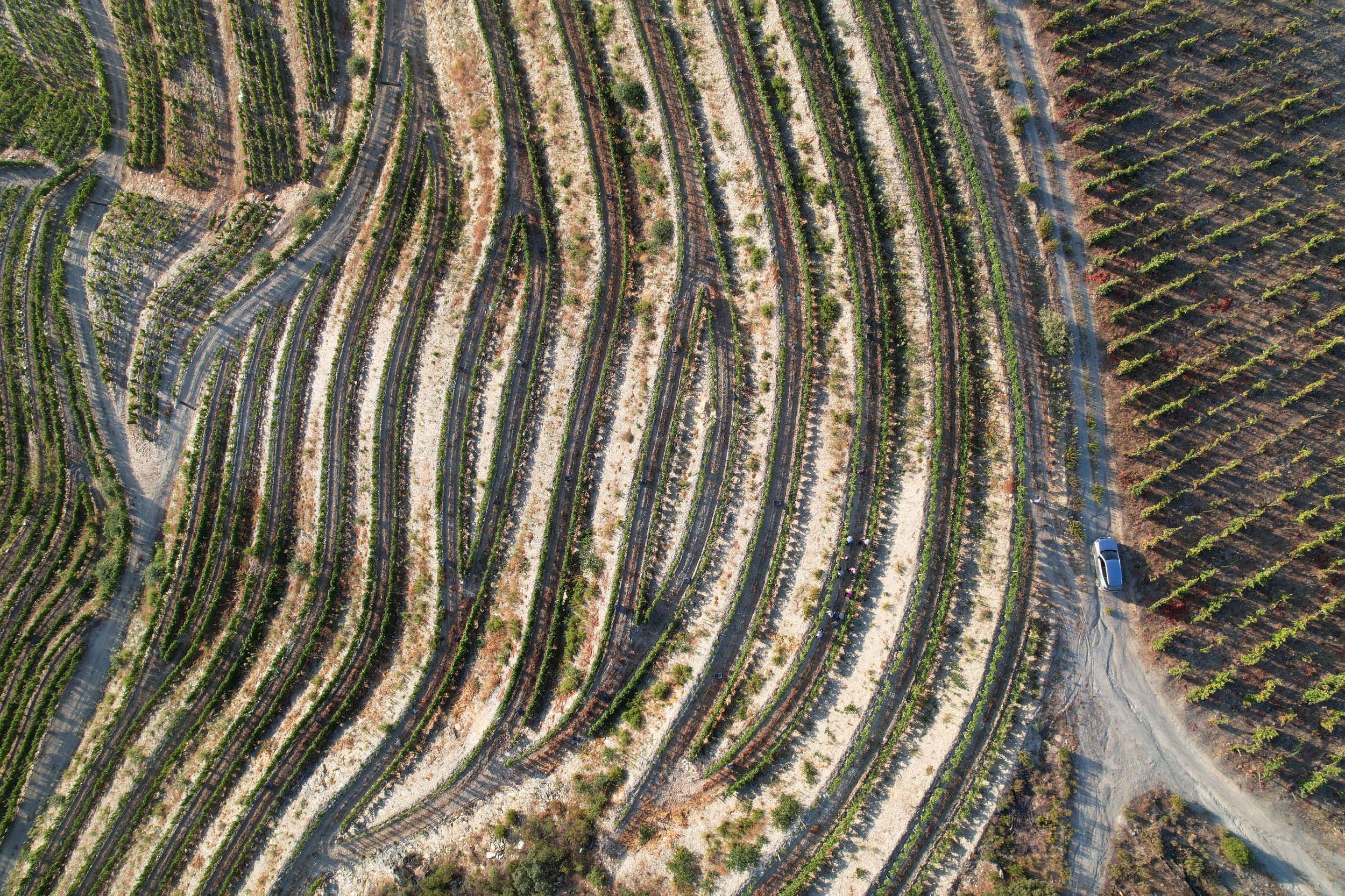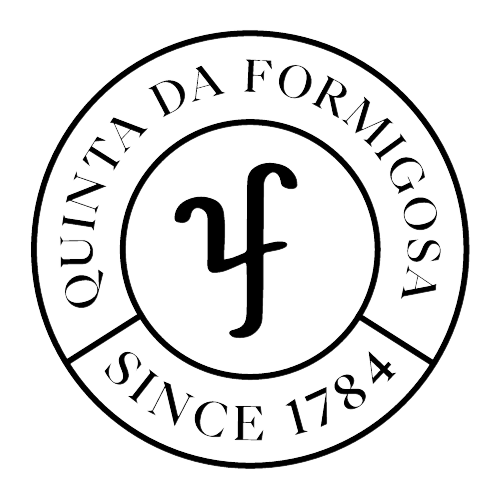The vineyard
Quinta da Formigosa is situated in the Cima Corgo sub-region, a captivating stretch within the Douro Valley renowned for producing some of Portugal's most distinguished wines. Nestled between steep terraced slopes and the meandering Douro River, this region boasts a mosaic of vineyards that thrive in the schistose soils.
This picturesque and historic winegrowing region is classified as a UNESCO World Heritage Site.

Terroir
Situated within the Cima-Corgo sub-region, the Quinta da Formigosa estate enjoys the advantages of its own microclimate. Spanning 20 hectares, the estate extends from the Douro River's riverbank at an elevation of 100m to the highest point of the property at 390m.
White grapevines such as Viosinho, Verdelho and Arinto are strategically planted at the top of the estate, facing East. This positioning not only benefits from a cooler climate but also shields the vines from harsh sun exposure during the late afternoons of summer, facilitating the ripening of white grapes while preserving their acidity.
The estate's vineyard features red grape varieties native to the Douro Valley, including Touriga Nacional, Touriga Franca, Tinta Francisca, Sousão, Donzelinho tinto, and Tinta Roriz. Additionally, there are 2 hectares of old vines on the estate, comprising a field blend with over 14 grape varieties planted in the same plot. In these old vineyard plots, the grapevines are closely planted in narrow corridors, making machine use impractical. All tasks in these plots are carried out by hand, and horses are employed for plowing the ground during the winter months.
sustainability in the vineyards
At Quinta da Formigosa, various strategies are employed to maintain the health of the vines and its soil, treating the vineyard as a miniature ecosystem.
The approach, recognized as Regenerative Agriculture, centers on establishing equilibrium within the ecosystem, yielding robust, disease-resistant vines and grapes of exceptional quality.
-
Maintaining a vibrant soil rich in microorganisms
Cultivating diverse cover crops to promote biodiversity
Utilizing organic fertilizers for sustainable growth
Employing methods like mating disruption for pest control without harmful chemicals
Pruning the vines to ensure its health and resilience
Historical
Treasure
A historical treasure within the Quinta da Formigosa vineyard lies in the form of a centuries-old ruin, dating back to 1784, nestled on the banks of the majestic Douro river. This captivating site features "lagares," ancient schist pits, serving as a testament to the vineyard's rich and storied past.



